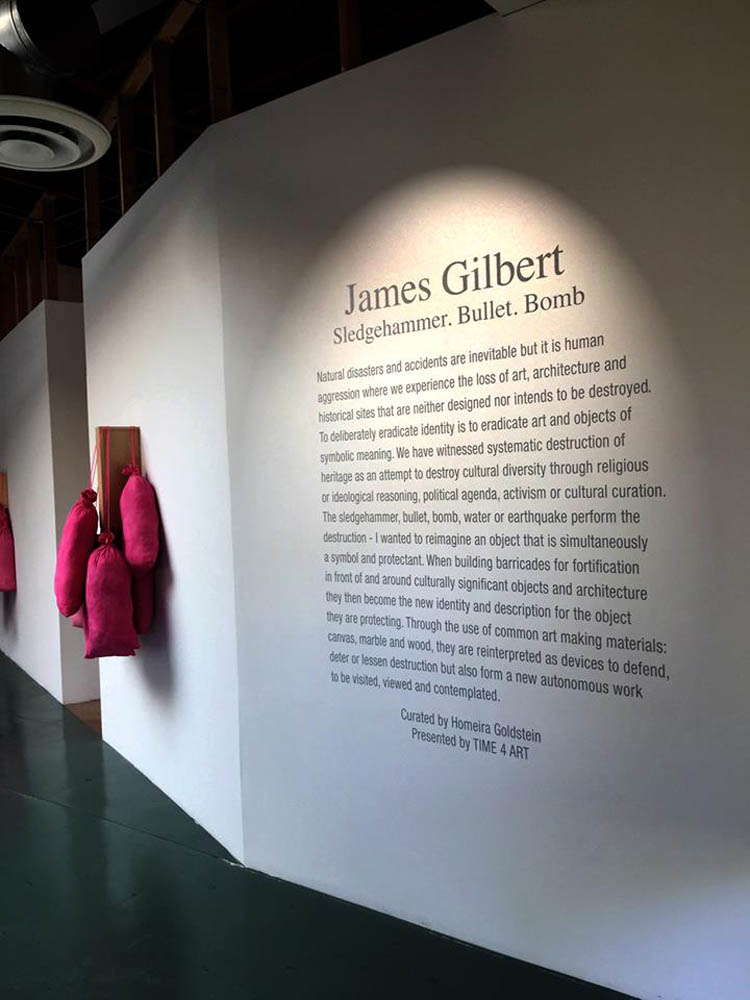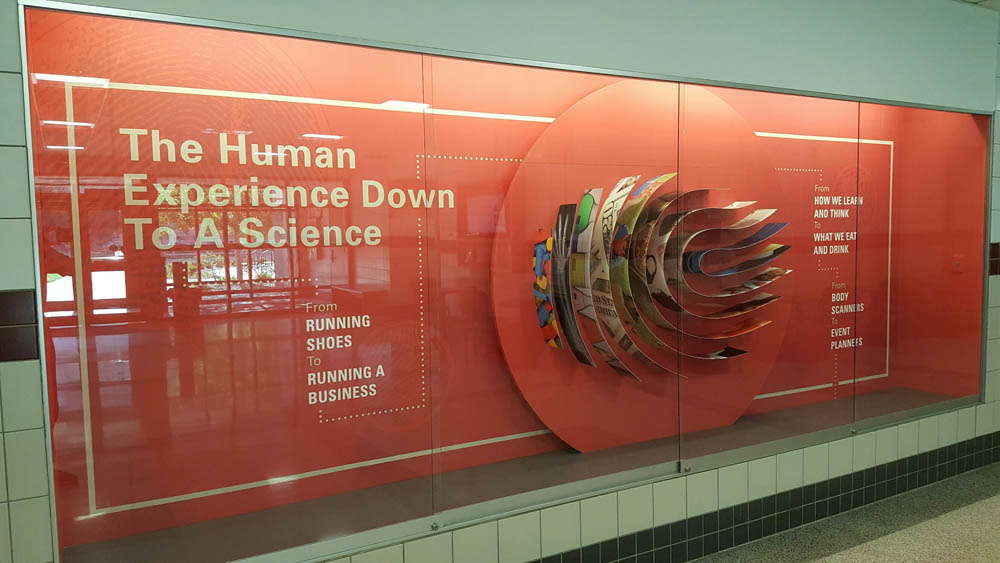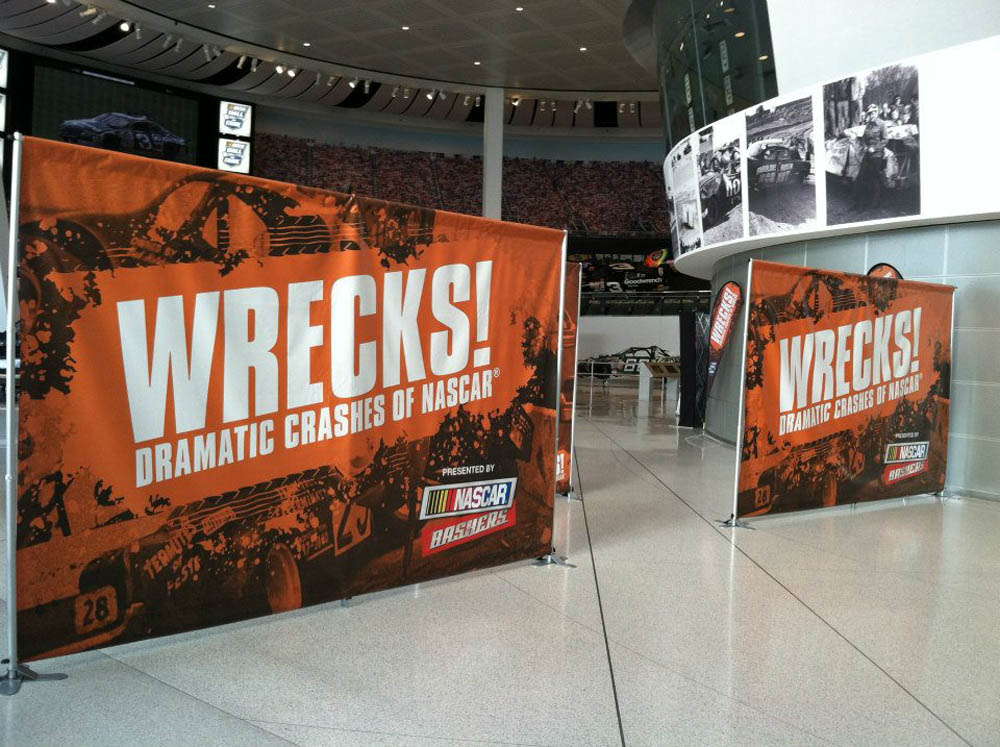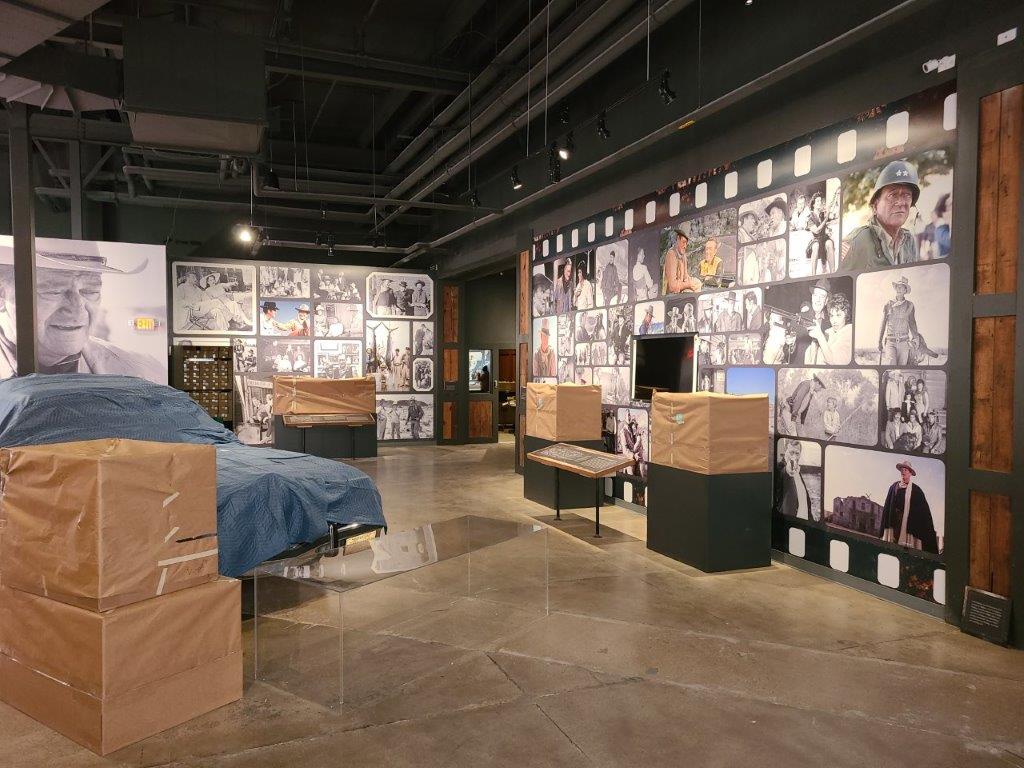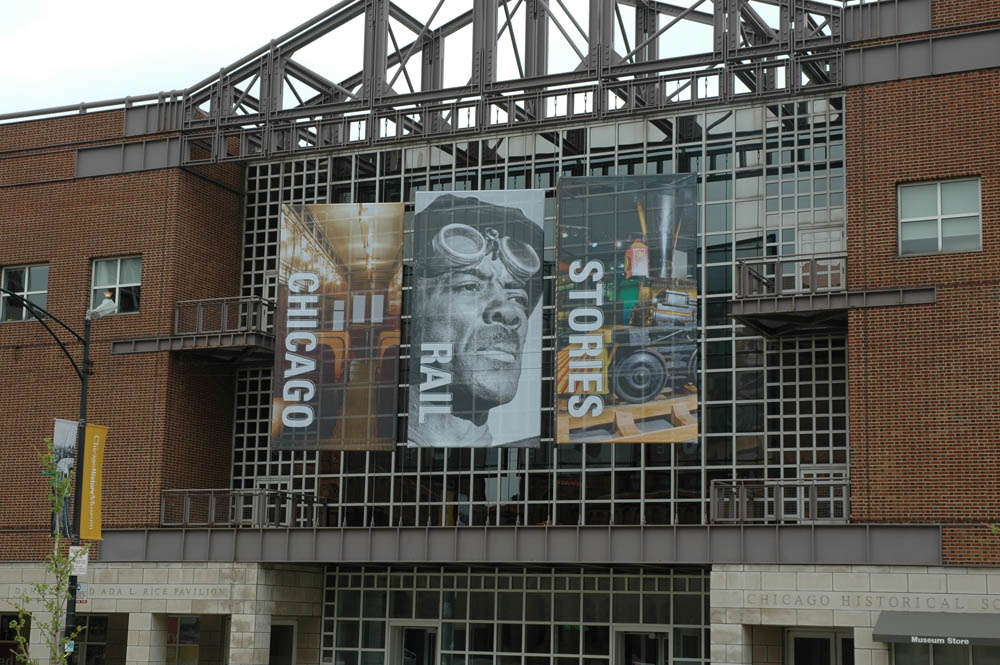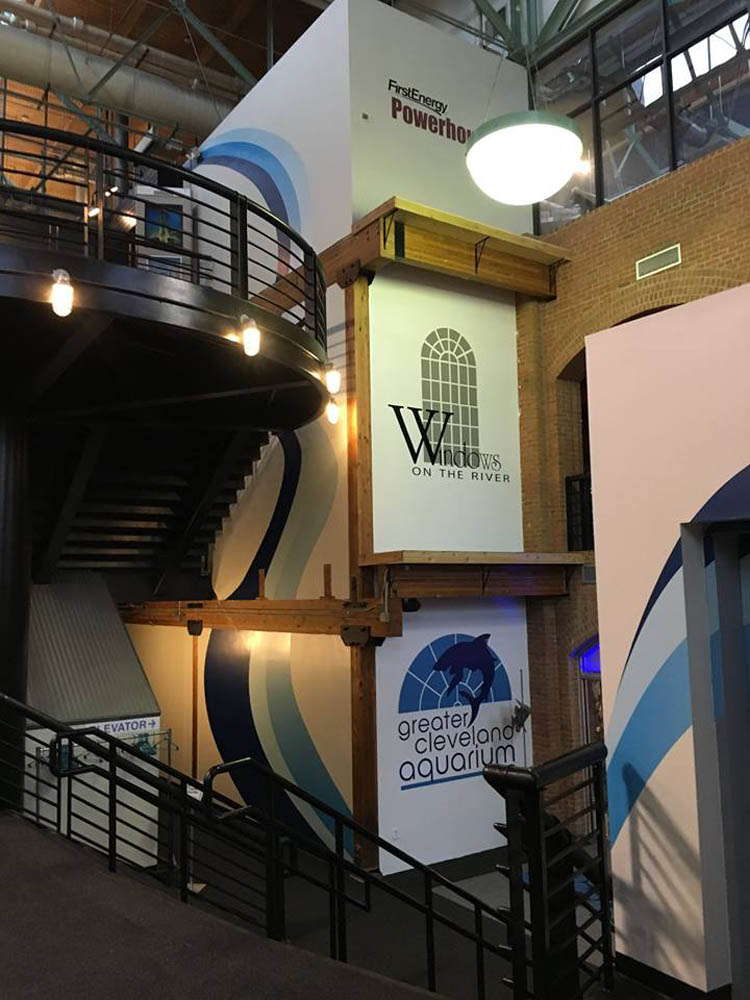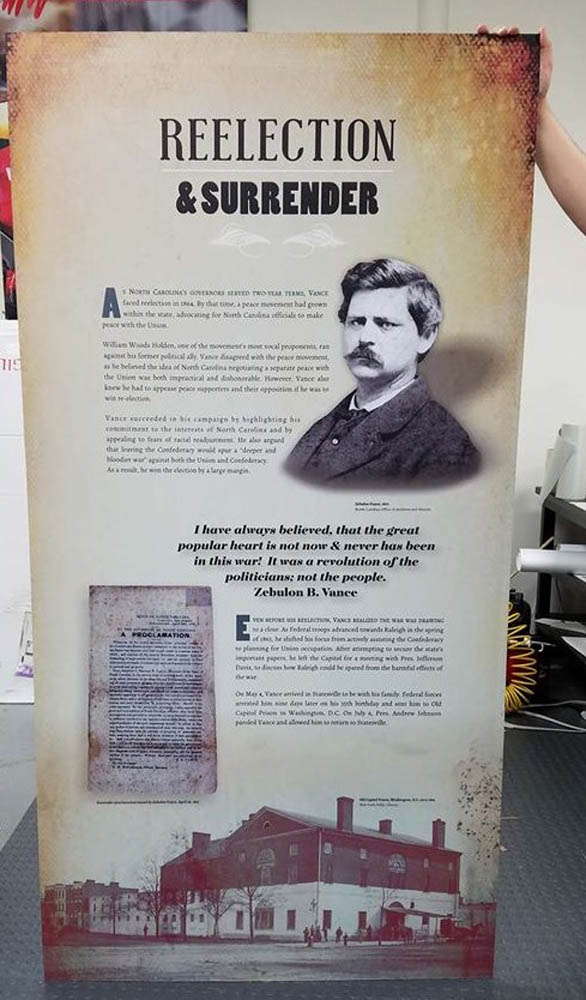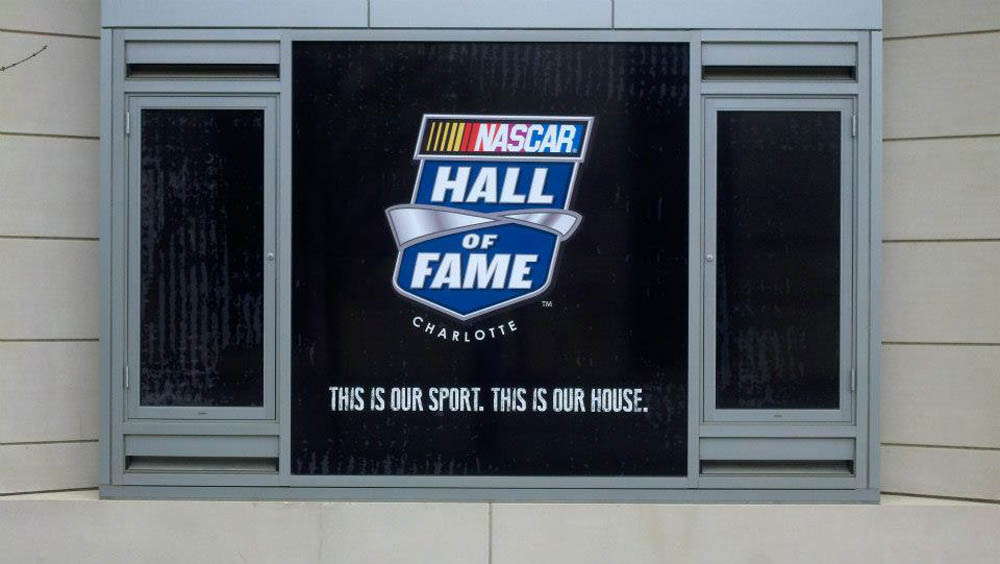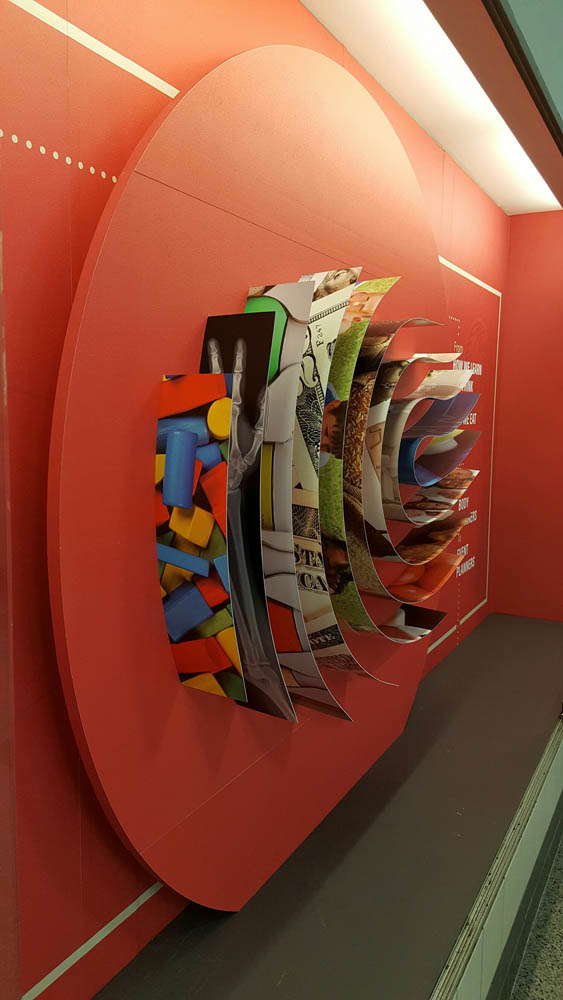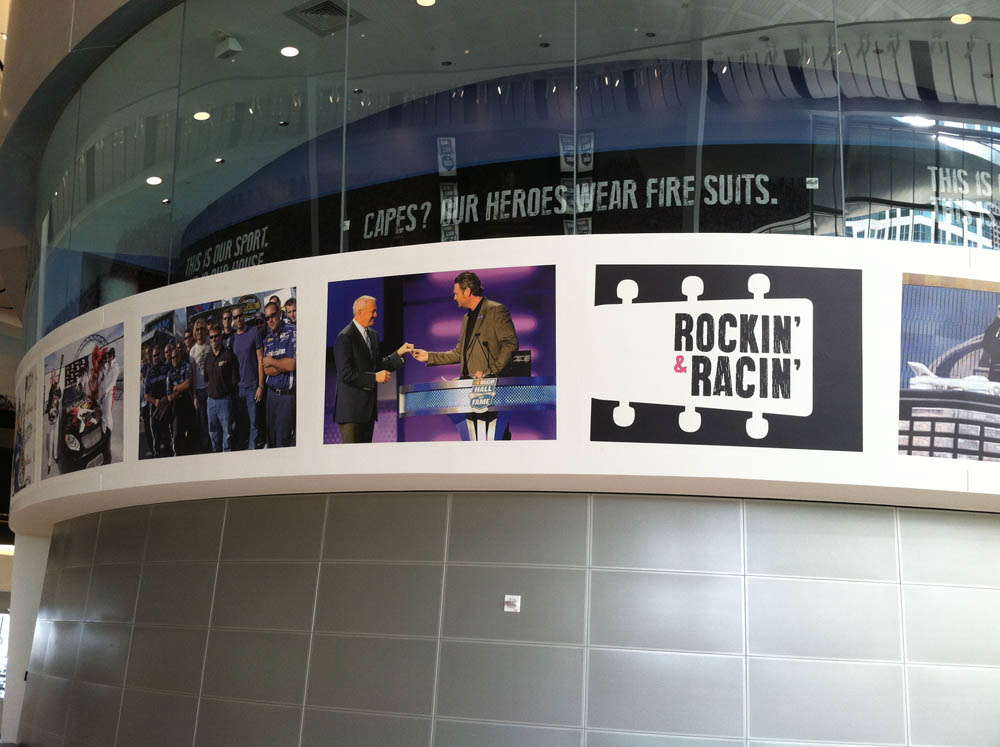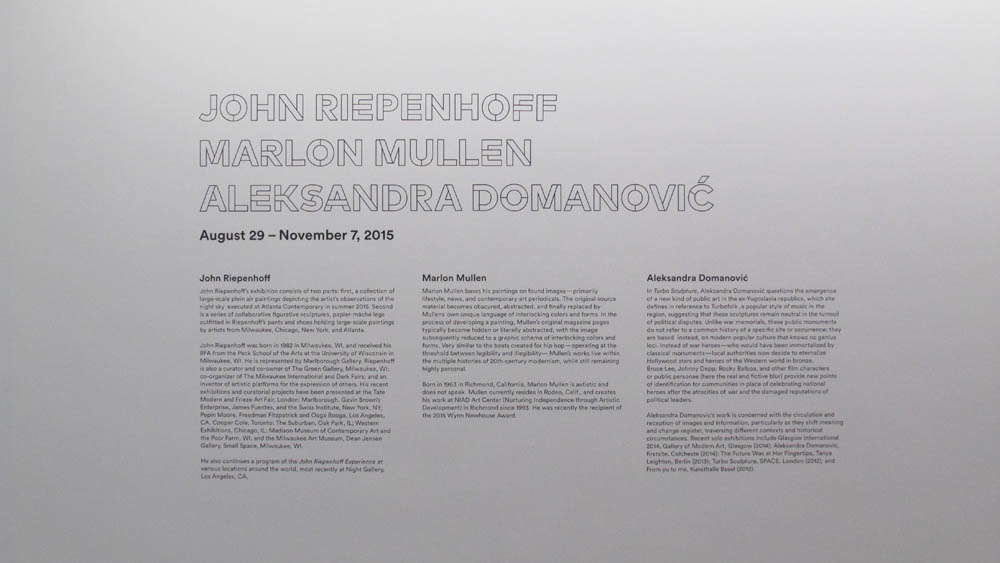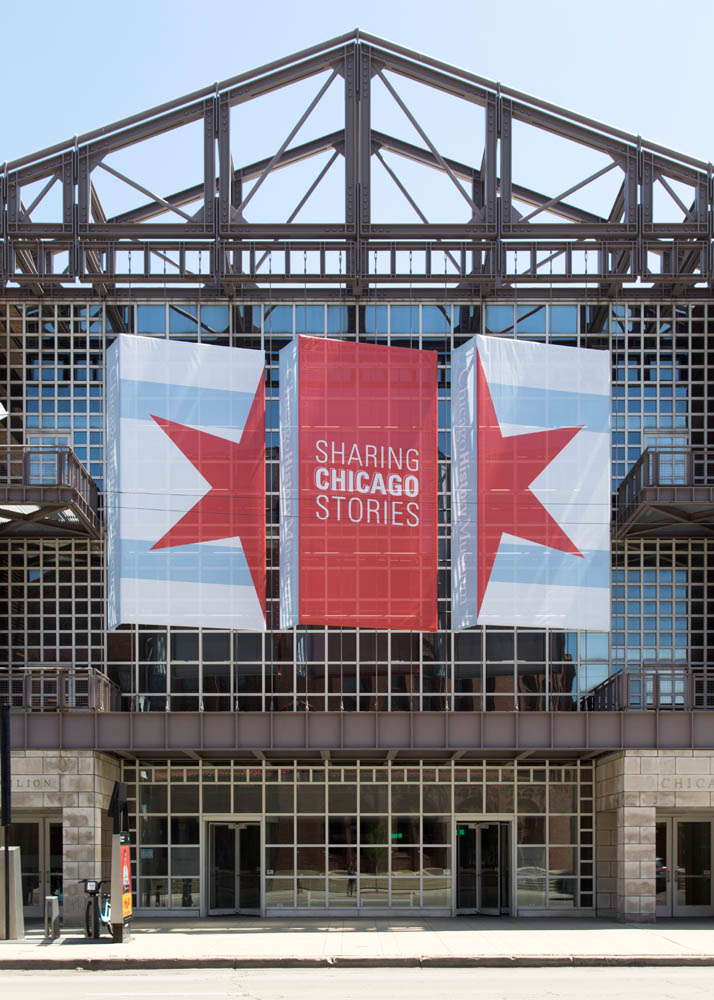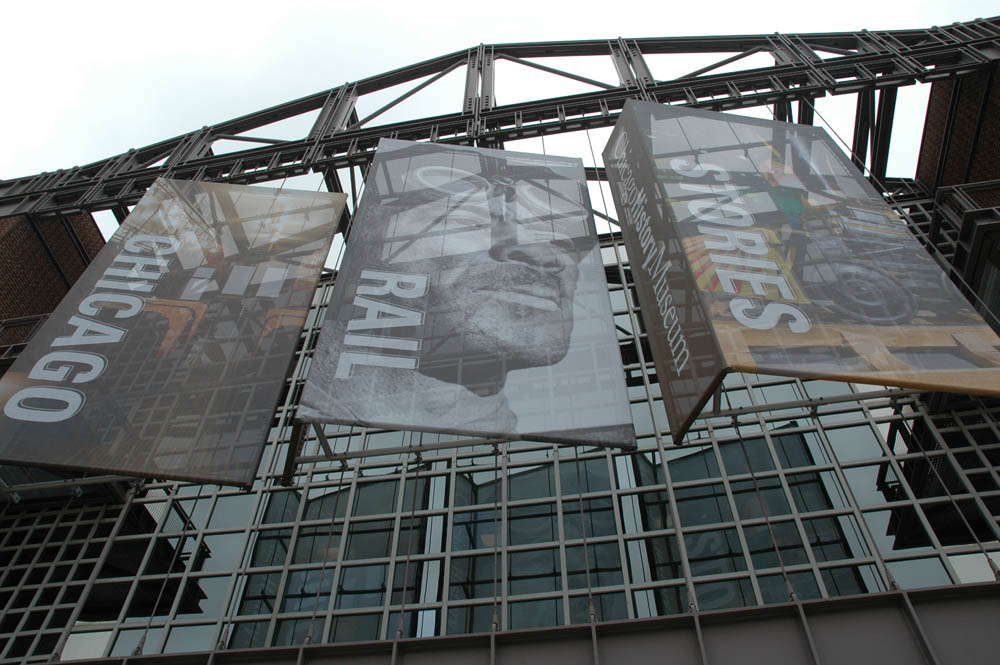Art galleries are the crucial link between artists and art-lovers. They promote and sustain artists and their work, and expose them to the public.
What better way to do that than with Great. Big. Graphics. from SpeedPro? From promotional banners and soaring window graphics, to directional and display signage on the inside, SpeedPro’s expert team offers countless solutions for your art gallery signage needs.
What Makes Art Gallery Signage Unique?
How do art galleries use large-format printing and signage differently from other businesses?
Scale
Art galleries are known for their high ceilings, large spacious halls and vast exhibition areas. Large walls, windows and wide floor space are ideal for adding large-scale banners and wall and floor graphics to create a more immersive, three-dimensional experience.
Wayfinding
Some art galleries are massive. The Met, for example, measures over 2.2 million square feet. That’s a lot of art! Wayfinding signage keeps people flowing easily through complex corridor systems to avoid confusion and bottlenecks, while maintaining the hushed ambiance of the gallery.
Informational
Unlike many businesses, where signage needs to be noticed as much as possible, art gallery signage should not draw attention to itself, but rather complement the exhibitions in the gallery. Lettering and font choices must adhere to a certain aesthetic and be well-positioned, elegant and easy to see and read. Signs should indicate pathways, restrooms and exits, and give information about the exhibit while remaining subtle.
Types Of Art Gallery Signs
Banners
To enjoy the installations of fine art in the gallery, they first need to know it’s there! While certain galleries are well-known, small or up-and-coming art galleries need to get the word out, especially to visitors to the city.
Outdoor signage to attract visitors or advertise a new or temporary exhibit is the starting point for many patrons’ art gallery experience. Vinyl banners hanging above the entrance and vertical boulevard banners on lamp-posts along the street leading to the gallery are a practical, eye-catching and effective way of enticing footfall.
Soaring ceilings of art galleries are another great source of brand real estate. Large vinyl hanging banners are common here to promote current or upcoming exhibits.
Exhibition Labels
The small, informative label found near each piece of art is known in the art gallery world as a ‘tombstone.’ The label contains minimal information, such as the title of the piece, name of the artist and the year it was created. The template for tombstones should be consistent throughout a gallery, with everything printed in the same font on the same material.
Other, longer and more in-depth exhibition labels – often mounted on a large placard or directly on the wall with adhesive – are known as ‘chats.’ These usually provide some supplementary background information on the artist, the history of the art piece, the historical time period it was produced or other details that may be of interest to the visitor. While chats provide supplemental information, they should still be kept short and written in clear, engaging language that’s easy to digest.
Didactic Panels
In line with tombstones and chats, didactic panels are typically on a wall at the beginning of an exhibition. Didactic panels introduce the exhibition and how the various artists and art pieces are connected.
While this can be an actual panel, printed on PVC, acrylic and aluminum, many galleries prefer to use vinyl lettering wall graphics to display this information directly on the wall. It’s clean and modern looking, easy to install and remove for galleries that rotate exhibits regularly, and more affordable.
Wayfinding Signs
Wayfinding signage ensures patrons get the full experience as they make their way through the gallery. From offering practical information, such as entrance, exit and restroom locations, to guiding people through the art exhibits in a specific order for the best effect, the wayfinding signage in a gallery has an essential task to perform.
Clever use of vinyl floor decals can direct people to take a certain route, while complementing the specific art in an exhibit. Floor decals can also support the museum’s branding strategy and feature interactive elements, like QR codes, to engage visitors or share a video featuring an artist.
Digital Signage
Digital signs are where art meets technology, and they have become integral to modern art gallery signage. Screens can be used to inform visitors about amenities and services, closing and opening times and schedules of various events hosted by the art gallery.
An interactive display board can be part of wayfinding signage used to navigate the gallery, by allowing visitors to tap an area and get directions.
Exhibitions often include digital signage in the form of video walls for a smart, innovative addition to the gallery. Some artists even incorporate video walls into the art itself!
Window Graphics
Galleries offering temporary exhibitions or exclusive events may use window graphics to advertise the event and hide what’s inside. Perforated window film or lockout window graphics create privacy and turn a museum’s windows into blank space for advertising.
How Art Gallery Signage Improves Visitor Experience
A good visitor experience ultimately means a better brand reputation for a gallery, more repeat visitors and more revenue. So how does art gallery signage help?
Visitors are calm and confident because they know how to get around.
Poorly laid out directories or missing wayfinding signage can cause accessibility issues and lead to stressed visitors who won’t fully experience the art you have to offer.
Running around to find a restroom or having to backtrack to see an exhibit they missed could turn people off enough that they are unlikely to return or recommend the gallery to friends.
Visitors aren’t overwhelmed with too many words.
Visitors find slogging through a lot of text off-putting. Art gallery labels should enhance the experience, not detract from it. It’s unnecessary to print things like, “Who made it?” “When?” “Why?” “With what?” on the labels.
The eye slides over most of the information, so simple and concise labels are best. Even if it’s someone’s first art gallery experience, it doesn’t take much to deduce the information on labels.
Visitors feel their time is respected.
Most visitors to art galleries are curious, non-specialist people with limited time. They want to see beautiful, fascinating or insightful art at their own pace.
As mentioned earlier, art gallery signage should be subtle and feel as if it’s part of the gallery itself. It should be unobtrusive and not make visitors feel they have to stop and read everything.
By making it easy for visitors to read about art, find their way around and leave when they’re ready, they feel their time is respected.
Signage As Art
Art is such a versatile and creative medium that the gallery can promote an upcoming gallery display through the medium of the artist’s work itself.
With the artist’s permission, works can be printed and installed as murals, floor-to-ceiling wall murals or decorative window graphics. Digitally printed, true-to-form colors are a fantastic way to support the advertising side of the exhibition. They also help create a more immersive experience for visitors.
Why Work With A Professional For Art Gallery Signage
Trust your art gallery sign needs a professional printing company like SpeedPro. As the leader in large-format printing, we help art galleries engage visitors and attract new ones through signage.
Get in touch with your local SpeedPro studio to schedule a free consultation to learn more about art gallery signage.

















